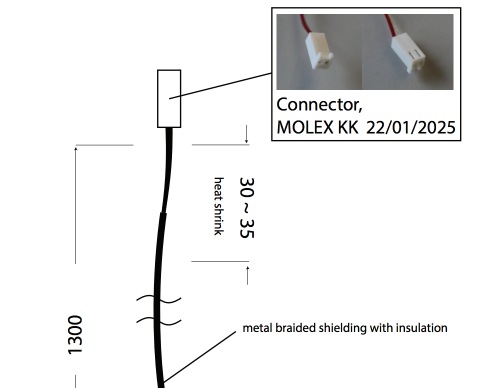In 2009 the champion of DIY 3D printing was MakerBot. In 2014 there could be a different champion.
Let’s wind the clock back five years. It’s 2009 and MakerBot has just launched. The tiny company markets a rudimentary 3D printer kit, the “CupCake”, that’s based on open source designs. The novelty of a personal 3D printer within reach of many is compelling and attracts many DIY tinkerers to the product. The community not only purchases kits and assemble them, but they refine the design, provide 3D model content and otherwise support the project, driven by the benevolent and open nature of the project.
Wind the clock forward a bit and we find MakerBot outgrowing the DIY space, beset by Asian clones leveraging their open source product plans and pressed by major investors to grow more rapidly. For these and other reasons MakerBot eschewed the DIY “open” space and gradually transformed into a more traditional consumer-oriented company with the “DIY” meaning the prints that come out of their machines, not the “DIY” of how their machines are made. In some ways the DIY community from which MakerBot was born has drifted away from them because of this transformation.
Today we might see Ultimaker as the company currently providing the DIY community with what it desires:
- A reliable and popular 3D printer that’s fully open sourced
- Still-supported kits for DIY folks to assemble and tinker with
- A content ecosystem with licensing suitable for DIY makers and modelers
However, as Ultimaker grows it is possible they may follow the same route as MakerBot. The bottom line is that there are vastly more consumers than DIYers, and companies whose goal is financial growth must eventually address that market.
But for DIYers, there will always be another company to take the lead as champion for open development.


